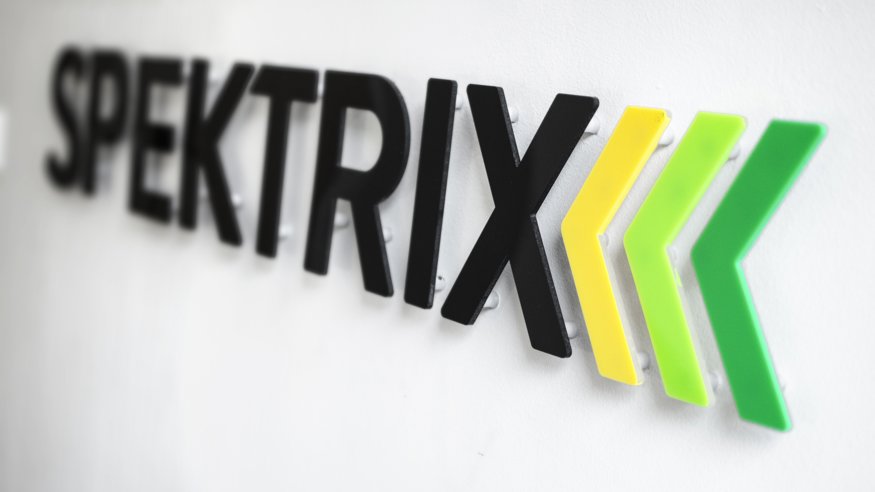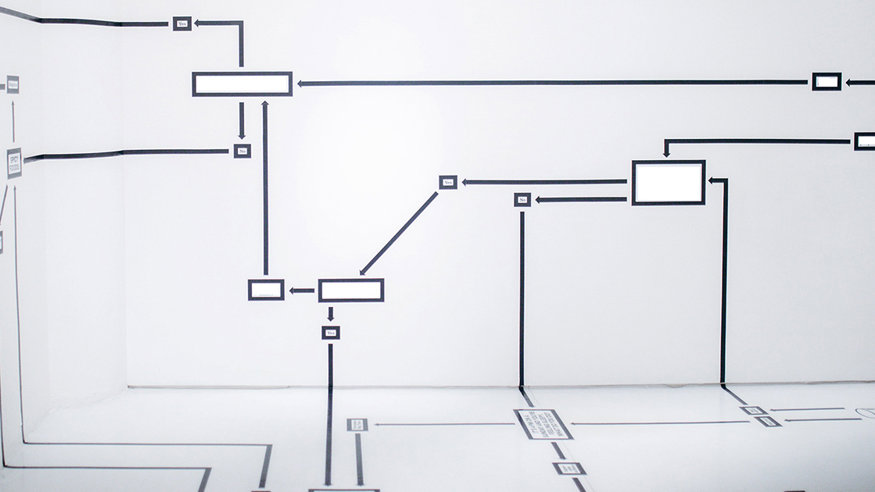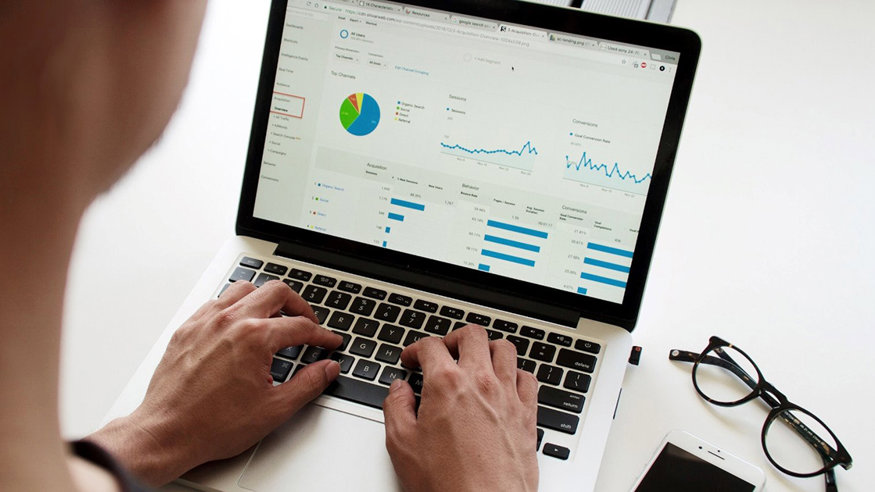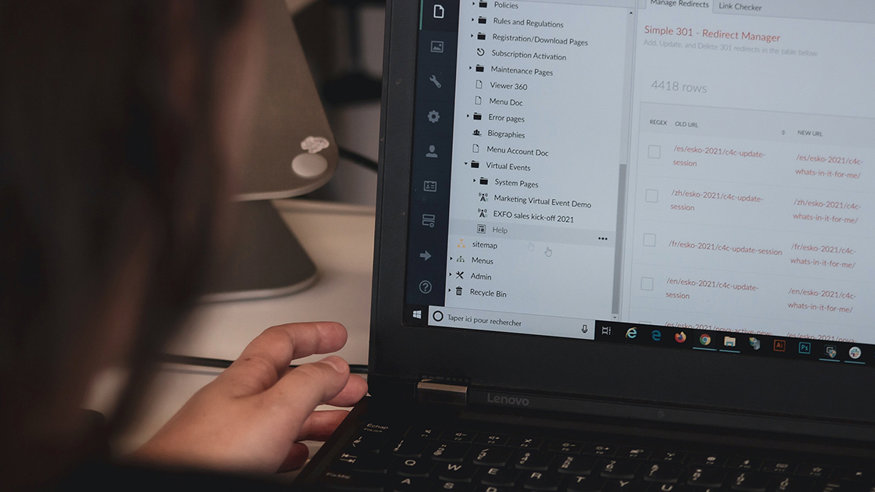Digital shouldn’t cost the earth!

As the effects of climate change become increasingly apparent, there has been a significant shift towards improved business sustainability and performance.
With 16i currently working towards B-Corp status, this blog looks at sustainability in the digital world and how we, as consumers can help to make a difference.
The impact
Following a rise in more extreme weather events and with parts of the world becoming uninhabitable it’s evident that climate change is taking hold. Primary sources responsible include fossil fuels and agriculture however research has shown that emissions from the internet and digital systems is shockingly, on a par with those from the aviation industry.
Whilst sustainable policies are being adopted, for many businesses, these tend to focus more on physical measures such as business travel, utilities consumption, and waste management, opposed to hosting and site performance which, despite being equally responsible, remain largely untouched.
With the internet accounting for nearly 4% of global greenhouse emissions here are our top tips for reducing the impact:
Sustainable design
Things to look for when optimising your design for speed and carbon footprint
- Improved UX: condense user journeys and avoid any unnecessary page referrals (e.g. continuously returning the user to the homepage)
- Streamline content: look to reduce the number of words per page and the overall page count in order to make the site as efficient and accessible as possible
- Lighweight imagery: only include images which truly add value to, or benefit the user
- Colourways: aim to create darker designs using less blue (which consumes 25% more energy than red or green).
- Dark mode: provide a ‘dark mode’ option to reduce the energy needed to light the screen pixels
- Efficient typography: where possible, aim to use pre-installed system fonts (such as Helvetica, Times New Roman or Arial) which require zero server or data transfer requests.
Sustainable development
When it comes to sustainable web development, efficiency is key - the more efficient the site, the more sustainable it becomes.
Efficiency can relate to anything from the size and weight of webpages, page load speed, content hierarchy, or the number of times the site needs to retrieve information from the server. Here are the key things to look out for:
- Interactive elements: limit the use of insight tools such as pop-ups or tracking scripts which can negatively impact the weight of the page and load speeds
- Review media content: consider how much value large files and images add to the page and where possible, condense or remove entirely. Images can also be compressed ahead of upload using tools such as Gimp and Squoosh
- Technical development: ask your developers to review the technical performance of your site from a sustainability perspective, as changes such as reducing JavaScript and improving caching efficiency can significantly improve the performance
- Website hosting: choose a hosting company which uses green/renewable electricity to help reduce your carbon footprint
Sustainable marketing/ad placement
Just like websites, online ads consume power and have an environmental impact, with some campaigns creating, on average greater than five tonnes of CO2. Fortunately, there are several things which can be done to create more sustainable campaigns:
- Efficient ads: aim to use smaller file sizes when designing and creating ads
- Ad servers: avoid complex ad serving processes and choose a sustainable partner
- Greener placements: where possible look to purchase more sustainable ad inventory, meaning ads will be placed on publishers with similar sustainability ethics.
Still unsure about the sustainability of your site or digital campaigns? There are several tools which can help – including Ecograder (a holistic tool to help identify aspects of your site which may impact its sustainability) and Website Carbon (a calculator which helps you understand the carbon impact of a webpage), or alternatively get in touch with the 16i team!
Share article:








